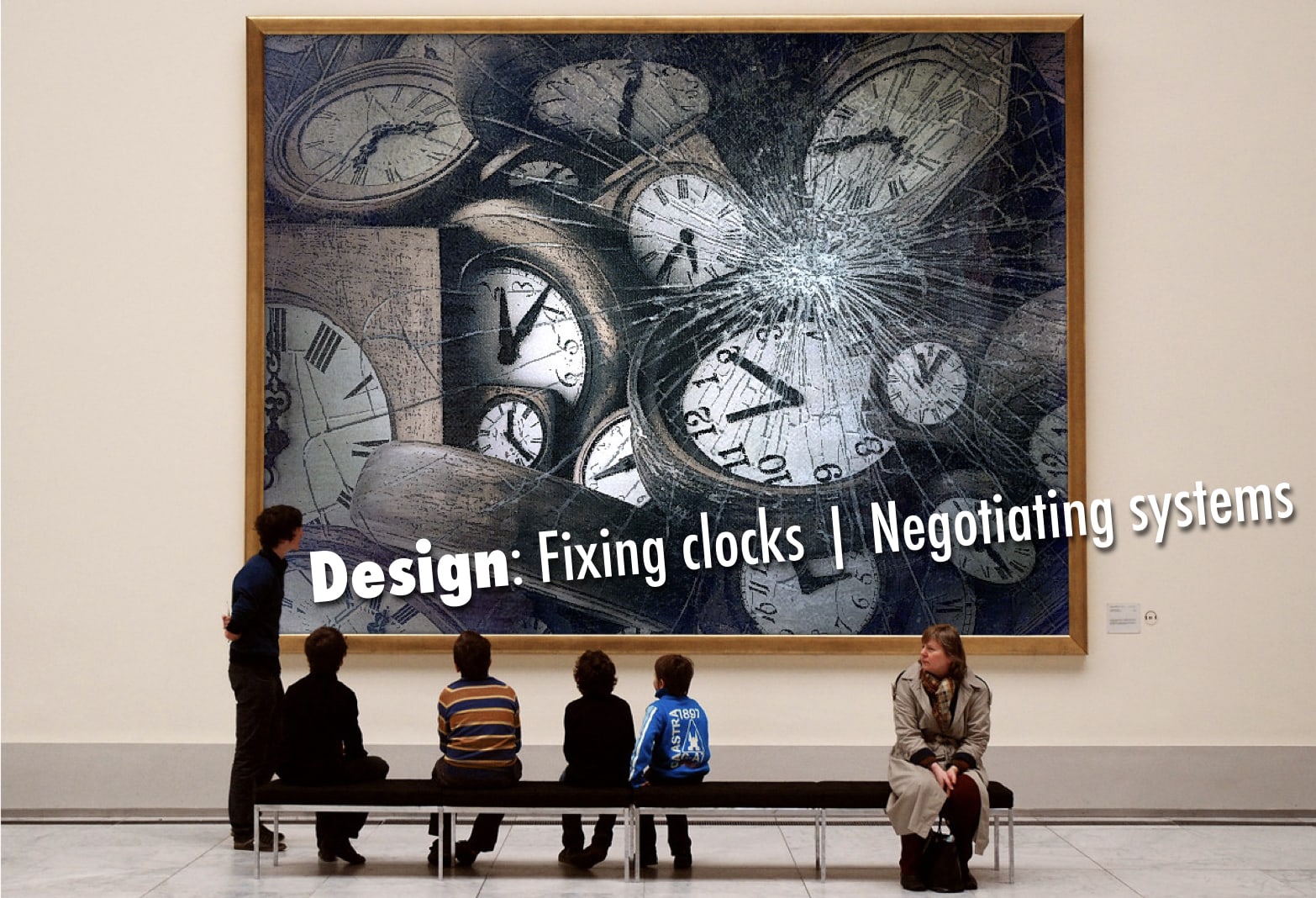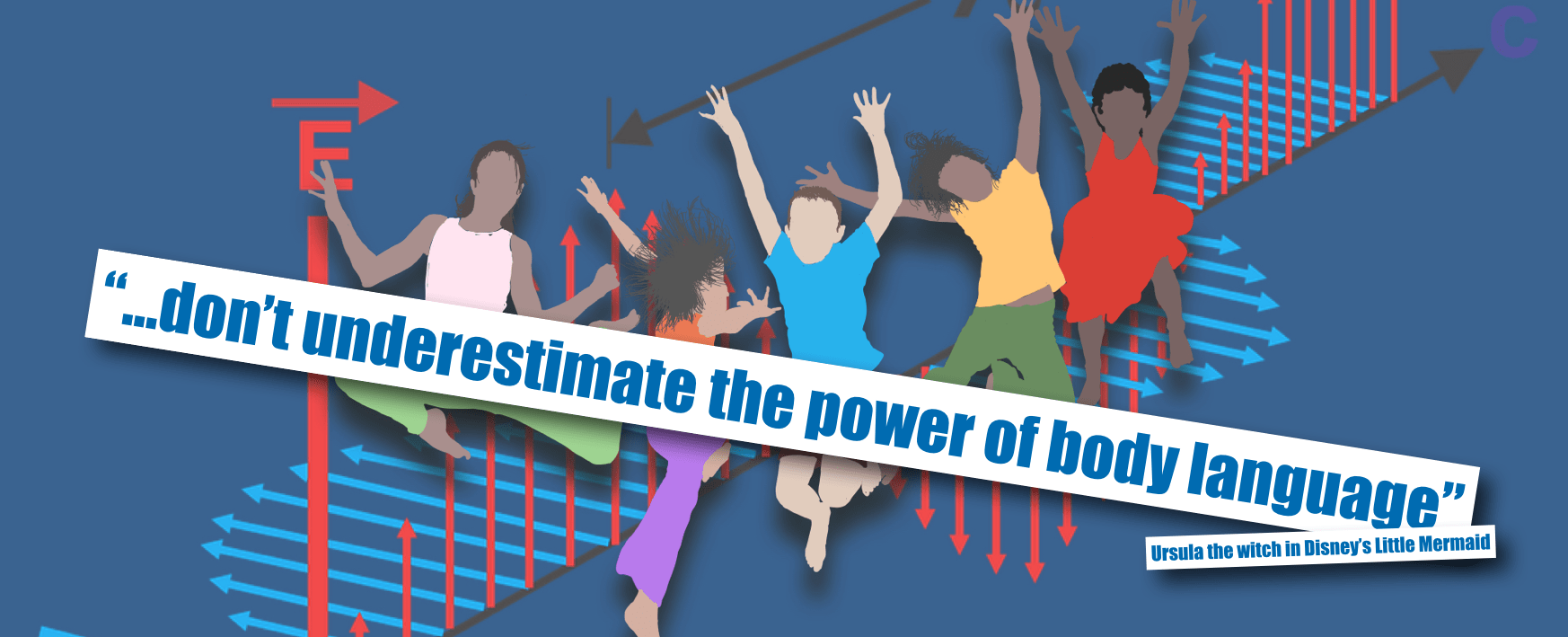T. H. Nelson coined the word “hypertext” and more than anyone else, and much earlier than anyone else, truly understood how computing technology would change the text and print. One of my most treasured possession is a copy of his double-book (“Computer Lib: You Can and Must Understand Computers Now” and “Dream Machines: New Freedoms Through Computer Screens — a Minority Report”) that I bought from a garage sale back when I was a student at Illinois. These books in their choppy, “cut-n-past” and fragmented design seem to invite browsing (rather than reading) and in some strange way (at least it seems so in hindsight) foreshadow the kind of reading we do on the web today.
However, there is one significant way in which the web today is different from TH Nelson’s original idea.
A recent NYTimes article on Nelson (In Venting, a Computer Visionary Educates) says:
Tim Berners-Lee, the inventor of the World Wide Web, organized all the world’s content through a one-way mechanism of uniform source locators, or URLs. Lost in the process was Mr. Nelson’s two-way link concept that simultaneously pointed to the content in any two connected documents, protecting, he has argued in vain, the original intellectual lineage of any object.
One-way links can be easily broken, and there is no simple way to preserve authorship and credit, as was possible with a project called Xanadu that Mr. Nelson began in the 1960s. His two-way links might have avoided the Web’s tornado-like destruction of the economic value of the printed word, he has contended, by incorporating a system of micropayments.
Hmm… two way links, what a powerful idea. Trackbacks on blogs seems to serve some of that purpose but that is an add-on, not inherent in the design of the HTTP protocol.




0 Comments